As another peachy Bellini-colored sunset begins to dissolve the stones and bricks of Venice into light and water, I, as regal as I can on a black-painted gondola, miss a crucial element: a living cheetah with a diamond-studded collar .
If you don’t think it’s necessary to have a bejeweled jungle beast on board as a companion for a sunset gondola ride, then you probably don’t know the story of Luisa Casati.
Seventy-five years ago, Peggy Guggenheim arrived in Venice, along with her ever-expanding Surrealist and Modernist art collection. It was an assemblage that, before it was rejected, had been described as ‘non-art’ by the Tate in London.
Venice welcomed Peggy more in 1949 when she moved into a semi-derelict, unfinished palazzo on the banks of the Grand Canal, called the Venier, after the Venetian family who ordered its construction in 1752. A few years later, with their trading fortunes in decline, the family abandoned the project and their palace reached only one story in height.
Peggy’s unconventional and very loose life is well documented. But it is the life of a former resident of the Venier Palazzo (now known to all as the Guggenheim Collection) that fascinates me, who lived in this truncated building a century ago.
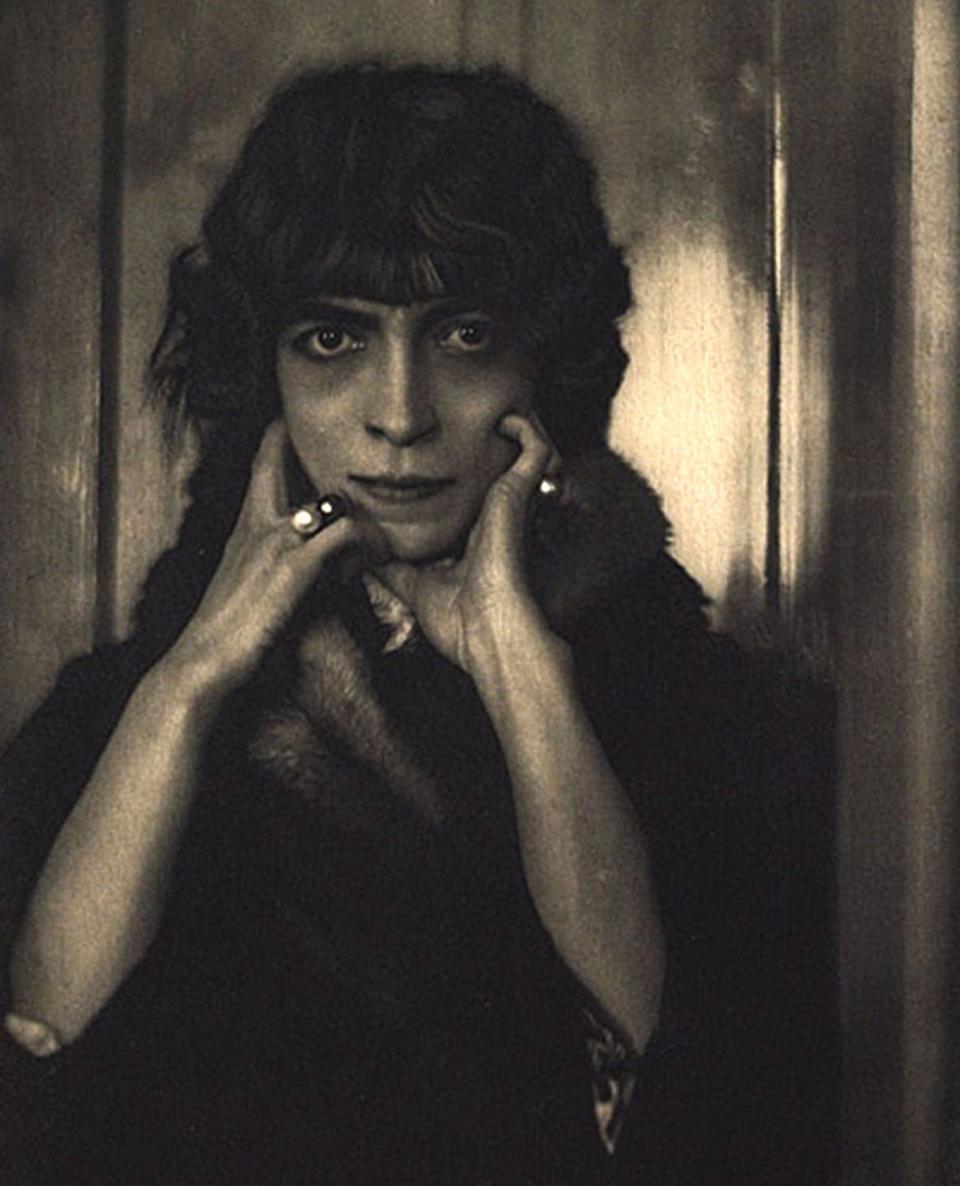

Luisa Amman was the daughter of a Milan cotton potentate and inherited the family fortune as a teenager when both her parents died within just two years of each other.
With money but no status, Luisa married Marchese Camillo Casati Stampa di Soncino in 1900. But the acquisition of her late parents’ new-found money and her new husband’s old family reputation did not make for a happy marriage.
Luisa Casati chose to virtually ignore her only daughter Cristina and kept her married name but spent less and less time in Italy, moving first to Paris and then to Venice. She was, as her American journalist friend Natalie Clifford Barney wrote: “Always trying to escape the strangeness within through strange disguises.”
Today, walking around the Venier Palazzo, also known as the Guggenheim Collection, with its faux-grass roof terrace, whitewashed gallery walls and sleek gift shop, it’s hard to imagine that this was once a place where golden Verdigris staircases and Murano glass chandeliers hung along holes in the walls. the pockmarked roof and dirt and ivy choked the outside walls.
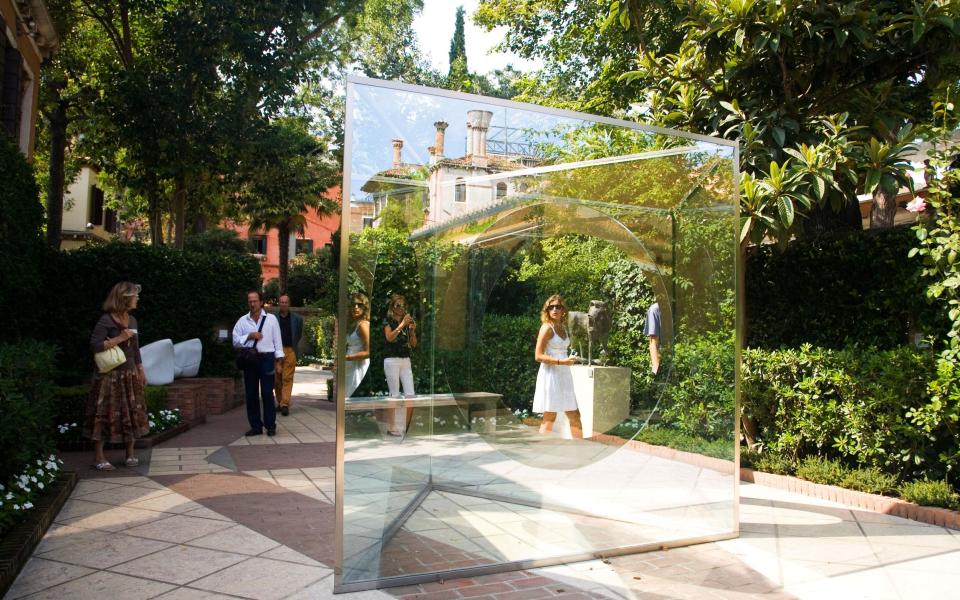

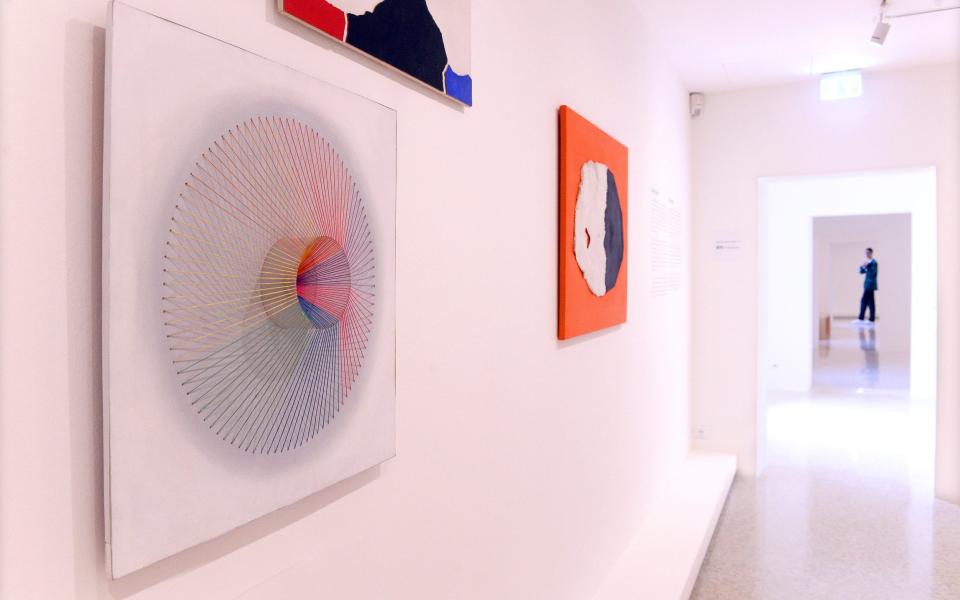

But within a year of purchasing this semi-ruin, Luisa had created gardens with mechanical songbirds in cages, classical statues slathered in gold paint, and a semi-wild menagerie of monkeys, sparrows, albino blackbirds (painted in different colors) and peacocks . trained to sit on her windowsills.
Venice may have long been in decline when it came to the import of silk and spices. Material goods were replaced by pioneers of new philosophies and arts who were drawn into them La Serenissima.
Luisa was in the throes of it all in the second decade of the 1920se century, sailing on her private gondola with her pet cheetah and turning her palazzo into an artistic space where she entertained Picasso, Man Ray, Jean Cocteau, Nijinsky, Isadora Duncan and TE Lawrence.
Luisa was an extraordinary exhibitionist. Dressed in nothing but a fur coat, she walked naked through St. Mark’s Square with her (sedated) cheetah; a striking image that I think is preferable to the hordes of students and clusters of predatory cafés selling €20 coffees that almost overwhelm the loggias and the basilica today.
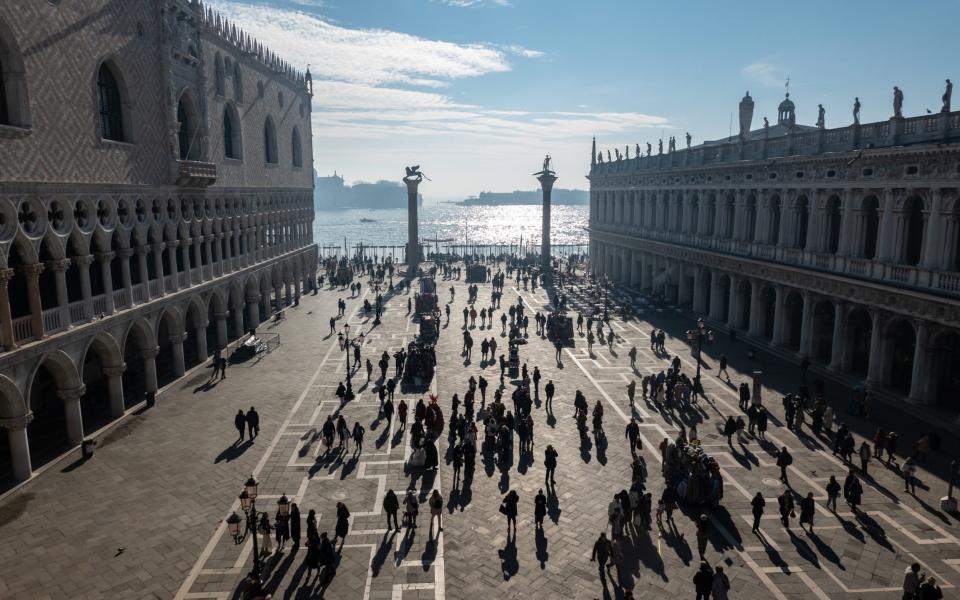

I don’t stay here long before I decide to walk back to Luisa’s former house and imagine her hedonistic life here.
Along the canal are the entrance steps where visitors now take a break from gazing at the countless Pollocks and Picassos in the Guggenheim, once the exit point for anyone who wanted to attend a Casati party in style.
Dressed in gold, silver brocade and pearls, at a time when non-actors rarely wore makeup, Luisa drew black kohl and belladonna around her eyes and dusted her face with white powder.
Variously dressed as a harlequin, sun goddess or queen of the night, Luisa’s balls were rich in masks, wigs and crinolines. But whatever time the guests came to her palazzo, Luisa was dressed in corsages of pearls, unusual glitter, gold bracelets, antique lace chemises or chinchilla fur cloaks.
Luisa’s dress at one of her parties was an outfit based on Saint Sebastian and was decorated with arrows with light bulbs mounted in them. She received a huge electric shock when it started to rain. At another party, her egret feather dress shed during the evening, leaving her almost completely naked.
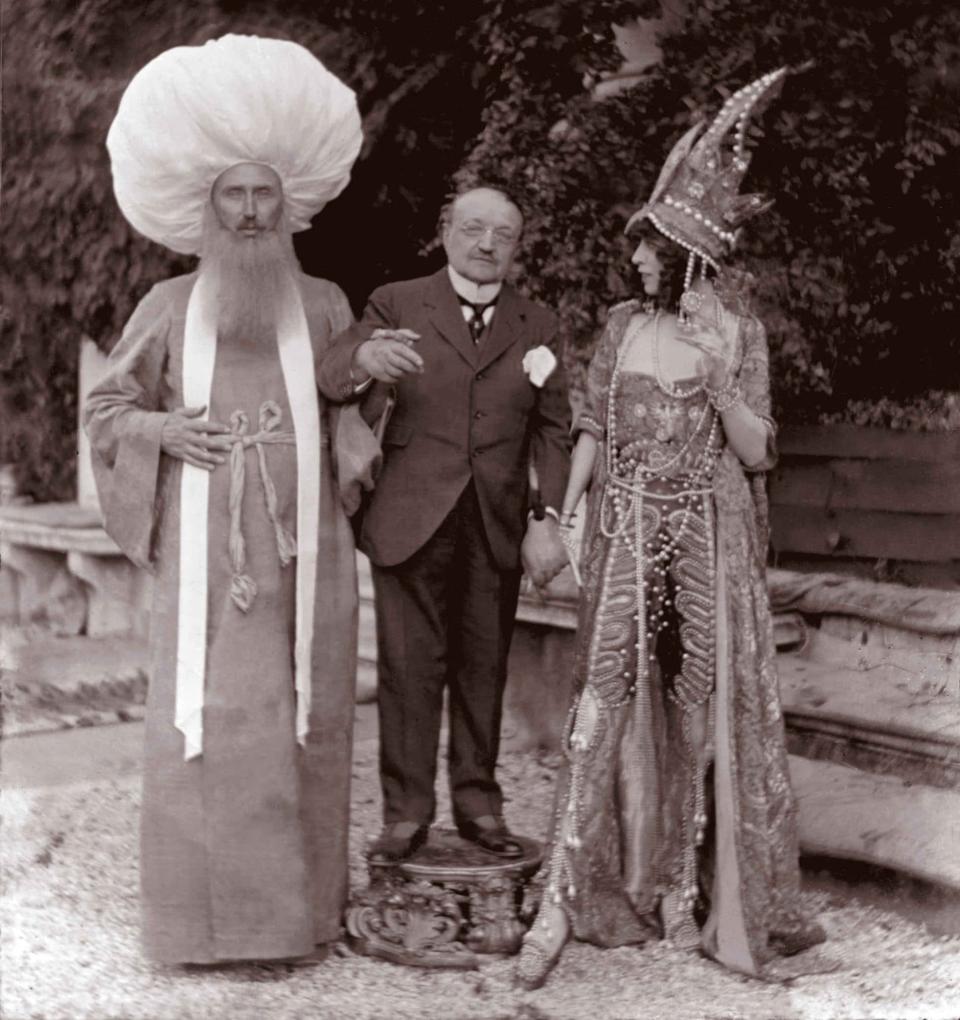

Perhaps the ultimate manifestation of the esthete’s creed: Luisa wanted her clothes, her house, her parties and her servants to live and breathe works of art in their entirety, even to the point where it is said that more than one of her servants died . after being completely painted in poison-laced gold paint before one soiree.
However, Casati’s cash dried up. Luisa lived on a diet of cocaine, absinthe and opium and by 1930 had debts of what would now be more than $30 million. She was sued by a coal trader for non-payment of bills and given a two-month suspended prison sentence. She sold the palazzo and spent her last years in a small flat in Knightsbridge, surrounded by the stuffed remains of her dogs.
Luisa died in 1957, aged 76, and is buried in Brompton Cemetery. But having visited her unkempt grave in south-west London, it seems inconceivable to me that this woman, whose style has been mentioned by John Galliano and Alexander McQueen, could ever have been laid to rest anywhere other than Venice.
Look closely, as I did, at those lagoons and the rooms of the Guggenheim, and Luisa’s angular, assertive shadow still lingers.
Essentials
Rob Crossan was a guest of Tui, which offers three nights in Venice, staying at the 4T Giorgionie Hotel, from £549 per person B&B based on two adults sharing a double room and including flights with EasyJet from London Gatwick. A private 30-minute gondola ride with the Tui Collection experience costs £118 per person (tui.co.uk).